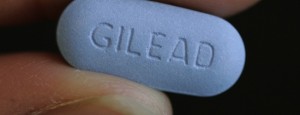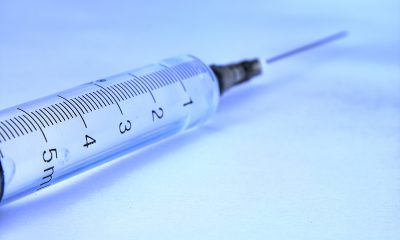Health
AIDS groups, activists cautious over ‘prevention’ pill
Anti-retroviral drug reduced HIV infections by 44 percent
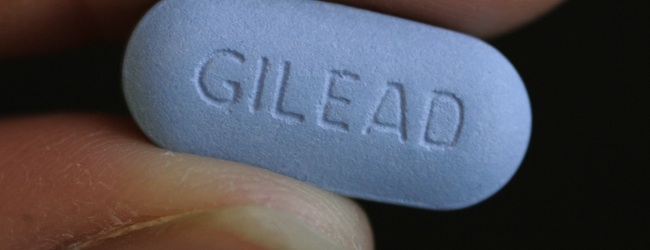
Leaders of AIDS advocacy organizations joined researchers in expressing both optimism and caution over a study released last week showing that the use of a daily anti-retroviral pill significantly lowered the chance of becoming infected by HIV.
The study found that a sample of mostly gay men who were assigned to take a daily tablet of the widely used HIV medication Truvada experienced an average of 43.8 percent fewer HIV infections than participants who received a placebo pill.
Findings of the study were published Nov. 23 in the New England Journal of Medicine.
The study, which began in 2007 and included a total of 2,499 participants in the U.S., Brazil, Ecuador, Peru, South Africa and Thailand, was funded by the National Institutes of Health and the Bill & Melinda Gates Foundation. It was coordinated by the Gladstone Institutes, an arm of the University of California at San Francisco.
Participants were limited to mostly men who have sex with men and a smaller number of transgender women who have sex with men. Researchers conducting the study said the sample was chosen to represent a population group considered at high risk for contracting HIV.
“All study participants received a comprehensive package of prevention services designed to reduce their risk of HIV infection throughout the trial, including HIV testing, intensive safer sex counseling, condoms and treatment and care for sexually transmitted infections,” the Gladstone Institute said in a statement.
NIH official Dr. Anthony Fauci triggered a wave of optimism over the study findings when he told the New York Times last week that the Truvada pill was more than 90 percent effective in preventing HIV infections among a smaller number of study participants who faithfully adhered to the prescribed daily regimen.
The 43.8 percent reduction figure for HIV infections was based on findings from all 1,251 participants who were given the Truvada pill, including many who did not take the daily pill consistently, according to a detailed summary of the study released by the Gladstone Institutes.
The summary says 1,248 participants received a placebo pill as part of what Gladstone officials called a “double blind” study, in which both participants and employees dispensing the pills did not know who received the drug or the placebo.
In addition to interviewing participants to obtain their own accounts of whether they took the pills every day, researchers conducting the study administered regular blood tests of all participants and were able to confirm which ones took the Truvada pill as directed.
Dr. Kenneth Mayor, medical research director of the Fenway Institute in Boston, an HIV treatment facility that was one of two U.S. sites involved in the study, called the findings “a tremendous step forward” in the quest to lower the rate of HIV infection.
“For more than 15 years, the rate of new infections in the U.S. has been stuck at about 56,000 per year,” Mayor said in a statement. “There has been no downward movement in this number, which has meant that we desperately needed a new approach.
“It’s now possible that within the next few years, we can significantly reduce the number of new infections,” he said.
Other AIDS specialists, including Dr. Ray Martins, medical director of D.C.’s Whitman-Walker Clinic, expressed caution over the implications of the study and the widespread use of a prevention pill approach that researchers call “pre-exposure prophylaxis” or “PreP.”
Martins said the average reduction rate in the study for HIV infections of fewer than 44 percent was lower than he expected and shows a tendency of non-compliance by a large percentage of participants.
Similar to other AIDS specialists assessing the study, Martins expressed concern that a lack of adherence to a daily pill regimen of Truvada or other anti-retroviral medications could result in strains of the HIV virus that are resistant to Truvada or other HIV drugs.
The study showed that just a few participants developed resistant viral strains; they were believed to have become infected before they joined the study, with their infections undetectable at the time.
Martins called Truvada “the major backbone to almost all our current HIV regimens” for treating people with HIV and AIDS.
“So if we increase resistance to those meds and people start transmitting more resistant virus, this could be very bad for the HIV community as a whole,” he said. “To me, that was the most worrisome thing.”
He said Whitman-Walker has no immediate plans to dispense Truvada as a prevention pill for D.C.-area residents who might request it. However, he said the Clinic does prescribe Truvada to people who come to the Clinic for “post-exposure prophylaxis” – a short-term drug regimen used for people who seek treatment immediately after engaging in unsafe sex.
“I think more studies have to be done before we would recommend this as a kind of generalized use,” he said.
Martins said the Clinic would welcome the chance to participate in another study that might offer pre-exposure prophylaxis for patients at its sexually transmitted disease clinic program, who are considered to be among the highest risk group for HIV.
Longtime AIDS researcher and physician Dr. Joseph Sonnabend of San Francisco, where the other U.S. site for the prevention pill study was located, said the reduction rate for HIV infections was far too low to make a Truvada prevention pill useful for large populations.
“Daily Truvada reduced new HIV infections by only 44 percent,” he said in a statement. “This is useless, so how on earth can this be construed as a triumph?”
He said the far higher reduction rate for study participants who adhered to the daily pill regimen was meaningless in drawing conclusions for widespread use of a prevention pill “in real world conditions.”
Some AIDS advocacy organizations also expressed concern that the availability of an HIV prevention pill could result in less adherence to condom use and other safer sex practices.
Jose Zuniga, president of the International Association of Physicians in AIDS Care, called the study “an important first step in validating biomedical prevention of HIV in adults.” However, he pointed to a number of potential drawbacks to the use of Truvada as a prophylaxis in addition to the concern over viral resistance to the drug.
Possible side effects to the medication include kidney-related problems with the potential of forcing people to stop taking the medication, Zuniga noted. He said the average cost of $10,000 or more per year for the drug, which likely would not be picked up by health insurance, is also a major concern in considering its widespread use for prevention.
“The bottom line message is that condoms, clean syringes and behavioral interventions must remain our first line of defense against HIV transmission,” Zuniga said.
The study’s organizers at the Gladstone Institutes say the findings show participants increased rather than curtailed safer sex practices during their involvement in the study.
“In fact, self-reported HIV risk behavior decreased among participants in both arms of the study and condom use increased,” Gladstone said in its summary statement.
Among the groups expressing optimism over the study’s findings is Project Inform, a San Francisco-based advocacy organization for the development of effective HIV treatment and prevention options.
“A study showing that a daily pill reduces HIV risk in gay men is reason for great hope,” the group said in a statement. “U.S. agencies should waste no time in assessing the ability of pre-exposure prophylaxis to slow the HIV/AIDS epidemic.”
The group’s four-page analysis of the study is available here.
Monkeypox
US contributes more than $90 million to fight mpox outbreak in Africa
WHO and Africa CDC has declared a public health emergency
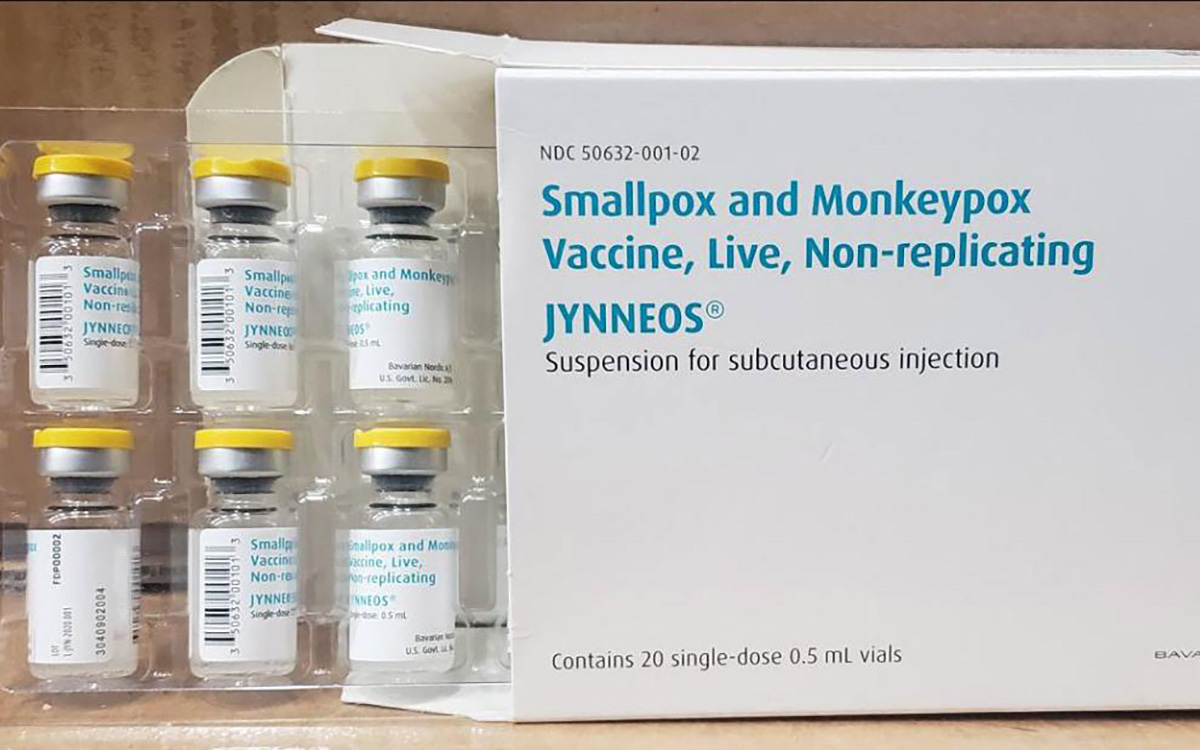
The U.S. has contributed more than $90 million to the fight against the mpox outbreak in Africa.
The U.S. Agency for International Development on Tuesday in a press release announced “up to an additional” $35 million “in emergency health assistance to bolster response efforts for the clade I mpox outbreak in Central and Eastern Africa, pending congressional notification.” The press release notes the Biden-Harris administration previously pledged more than $55 million to fight the outbreak in Congo and other African countries.
“The additional assistance announced today will enable USAID to continue working closely with affected countries, as well as regional and global health partners, to expand support and reduce the impact of this outbreak as it continues to evolve,” it reads. “USAID support includes assistance with surveillance, diagnostics, risk communication and community engagement, infection prevention and control, case management, and vaccination planning and coordination.”
The World Health Organization and the Africa Centers for Disease Control and Prevention last week declared the outbreak a public health emergency.
The Washington Blade last week reported there are more than 17,000 suspected mpox cases across in Congo, Uganda, Kenya, Rwanda, and other African countries. The outbreak has claimed more than 500 lives, mostly in Congo.
Health
Mpox outbreak in Africa declared global health emergency
ONE: 10 million vaccine doses needed on the continent

Medical facilities that provide treatment to gay and bisexual men in some East African countries are already collaborating with them to prevent the spread of a new wave of mpox cases after the World Health Organization on Wednesday declared a global health emergency.
The collaboration, both in Uganda and Kenya, comes amid WHO’s latest report released on Aug. 12, which reveals that nine out of every 10 reported mpox cases are men with sex as the most common cause of infection.
The global mpox outbreak report — based on data that national authorities collected between January 2022 and June of this year — notes 87,189 of the 90,410 reported cases were men. Ninety-six percent of whom were infected through sex.
Sexual contact as the leading mode of transmission accounted for 19,102 of 22,802 cases, followed by non-sexual person-to-person contact. Genital rash was the most common symptom, followed by fever and systemic rash.
The WHO report states the pattern of mpox virus transmission has persisted over the last six months, with 97 percent of new cases reporting sexual contact through oral, vaginal, or anal sex with infected people.
“Sexual transmission has been recorded in the Democratic Republic of Congo among sex workers and men who have sex with men,” the report reads. “Among cases exposed through sexual contact in the Democratic Republic of the Congo, some individuals present only with genital lesions, rather than the more typical extensive rash associated with the virus.”
The growing mpox cases, which are now more than 2,800 reported cases in at least 13 African countries that include Kenya, Uganda, Rwanda, and prompted the Africa Centers for Disease Control and Prevention this week to declare the disease a public health emergency for resource mobilization on the continent to tackle it.
“Africa has long been on the frontlines in the fight against infectious diseases, often with limited resources,” said Africa CDC Director General Jean Kaseya. “The battle against Mpox demands a global response. We need your support, expertise, and solidarity. The world cannot afford to turn a blind eye to this crisis.”
The disease has so far claimed more than 500 lives, mostly in Congo, even as the Africa CDC notes suspected mpox cases across the continent have surged past 17,000, compared to 7,146 cases in 2022 and 14,957 cases last year.
“This is just the tip of the iceberg when we consider the many weaknesses in surveillance, laboratory testing, and contact tracing,” Kaseya said.
WHO, led by Director General Tedros Adhanom Ghebreyesus, also followed the Africa CDC’s move by declaring the mpox outbreak a public health emergency of international concern.
The latest WHO report reveals that men, including those who identify as gay and bisexual, constitute most mpox cases in Kenya and Uganda. The two countries have recorded their first cases, and has put queer rights organizations and health care centers that treat the LGBTQ community on high alert.
The Uganda Minority Shelters Consortium, for example, confirmed to the Washington Blade that the collaboration with health service providers to prevent the spread of mpox among gay and bisexual men is “nascent and uneven.”
“While some community-led health service providers such as Ark Wellness Clinic, Children of the Sun Clinic, Ice Breakers Uganda Clinic, and Happy Family Youth Clinic, have demonstrated commendable efforts, widespread collaboration on mpox prevention remains a significant gap,” UMSC Coordinator John Grace stated. “This is particularly evident when compared to the response to the previous Red Eyes outbreak within the LGBT community.”
Grace noted that as of Wednesday, there were no known queer-friendly health service providers to offer mpox vaccinations to men who have sex with men. He called for health care centers to provide inclusive services and a more coordinated approach.
Although Grace pointed out the fear of discrimination — and particularly Uganda’s Anti-Homosexuality Act — remains a big barrier to mpox prevention through testing, vaccination, and treatment among queer people, he confirmed no mpox cases have been reported among the LGBTQ community.
Uganda so far has reported two mpox cases — refugees who had travelled from Congo.
“We are for the most part encouraging safer sex practices even after potential future vaccinations are conducted as it can also be spread through bodily fluids like saliva and sweat,” Grace said.
Grace also noted that raising awareness about mpox among the queer community and seeking treatment when infected remains a challenge due to the historical and ongoing homophobic stigma and that more comprehensive and reliable advocacy is needed. He said Grindr and other digital platforms have been crucial in raising awareness.
The declarations of mpox as a global health emergency have already attracted demand for global leaders to support African countries to swiftly obtain the necessary vaccines and diagnostics.
“History shows we must act quickly and decisively when a public health emergency strikes. The current Mpox outbreak in Africa is one such emergency,” said ONE Global Health Senior Policy Director Jenny Ottenhoff.
ONE is a global, nonpartisan organization that advocates for the investments needed to create economic opportunities and healthier lives in Africa.
Ottenhoff warned failure to support the African countries with medical supplies needed to tackle mpox would leave the continent defenseless against the virus.
To ensure that African countries are adequately supported, ONE wants governments and pharmaceutical companies to urgently increase the provision of mpox vaccines so that the most affected African countries have affordable access to them. It also notes 10 million vaccine doses are currently needed to control the mpox outbreak in Africa, yet the continent has only 200,000 doses.
The Blade has reached out to Ishtar MSM, a community-based healthcare center in Nairobi, Kenya, that offers to service to gay and bisexual men, about their response to the mpox outbreak.
Health
White House urged to expand PrEP coverage for injectable form
HIV/AIDS service organizations made call on Wednesday
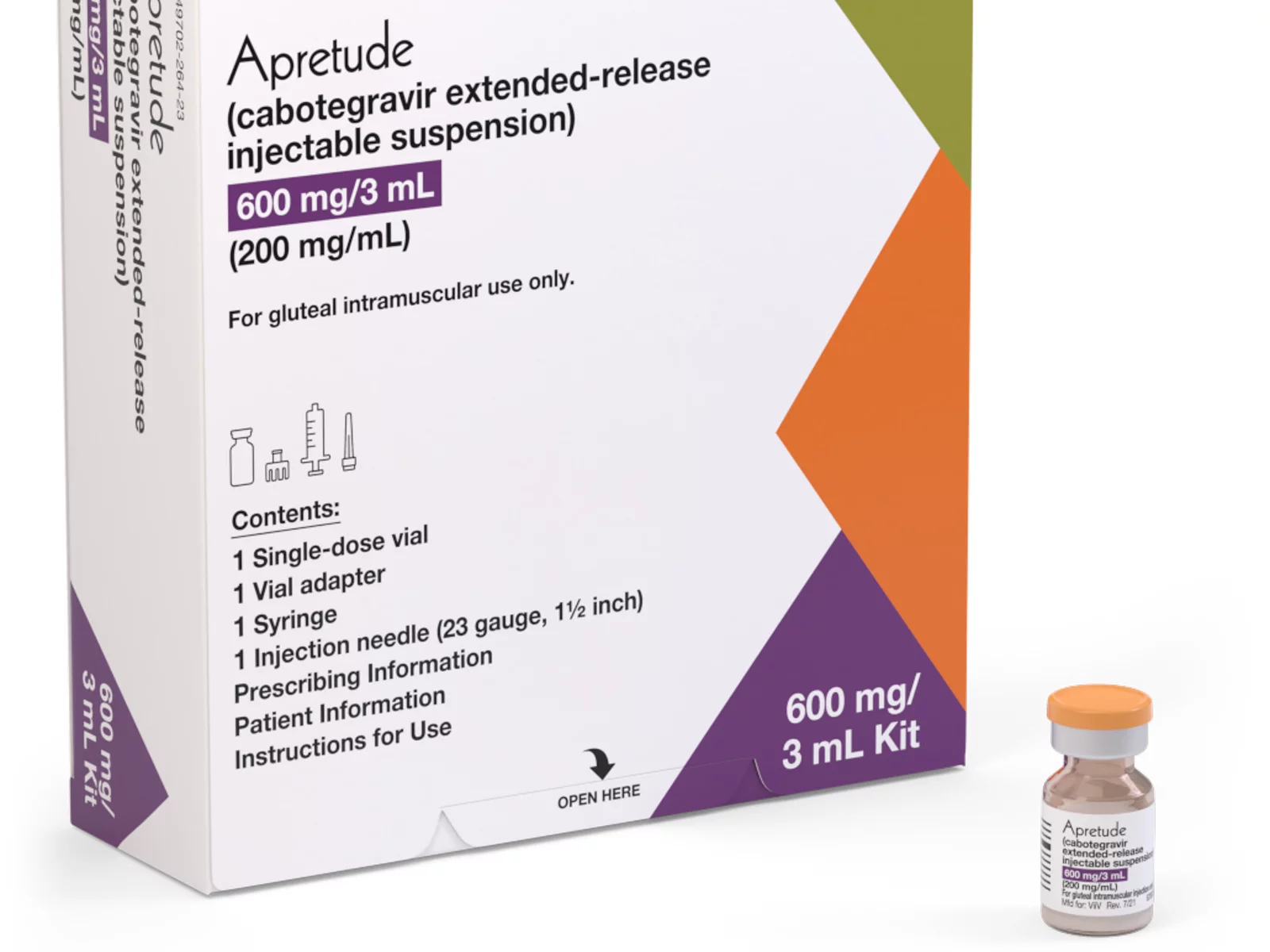
A coalition of 63 organizations dedicated to ending HIV called on the Biden-Harris administration on Wednesday to require insurers to cover long-acting pre-exposure prophylaxis (PrEP) without cost-sharing.
In a letter to Chiquita Brooks-LaSure, administrator of the Centers for Medicare and Medicaid Services, the groups emphasized the need for broad and equitable access to PrEP free of insurance barriers.
Long-acting PrEP is an injectable form of PrEP that’s effective over a long period of time. The FDA approved Apretude (cabotegravir extended-release injectable suspension) as the first and only long-acting injectable PrEP in late 2021. It’s intended for adults and adolescents weighing at least 77 lbs. who are at risk for HIV through sex.
The U.S. Preventive Services Task Force updated its recommendation for PrEP on Aug. 22, 2023, to include new medications such as the first long-acting PrEP drug. The coalition wants CMS to issue guidance requiring insurers to cover all forms of PrEP, including current and future FDA-approved drugs.
“Long-acting PrEP can be the answer to low PrEP uptake, particularly in communities not using PrEP today,” said Carl Schmid, executive director of the HIV+Hepatitis Policy Institute. “The Biden administration has an opportunity to ensure that people with private insurance can access PrEP now and into the future, free of any cost-sharing, with properly worded guidance to insurers.”
Currently, only 36 percent of those who could benefit from PrEP are using it. Significant disparities exist among racial and ethnic groups. Black people constitute 39 percent of new HIV diagnoses but only 14 percent of PrEP users, while Latinos represent 31 percent of new diagnoses but only 18 percent of PrEP users. In contrast, white people represent 24 percent of HIV diagnoses but 64 percent of PrEP users.
The groups also want CMS to prohibit insurers from employing prior authorization for PrEP, citing it as a significant barrier to access. Several states, including New York and California, already prohibit prior authorization for PrEP.
Modeling conducted for HIV+Hep, based on clinical trials of a once every 2-month injection, suggests that 87 percent more HIV cases would be averted compared to daily oral PrEP, with $4.25 billion in averted healthcare costs over 10 years.
Despite guidance issued to insurers in July 2021, PrEP users continue to report being charged cost-sharing for both the drug and ancillary services. A recent review of claims data found that 36 percent of PrEP users were charged for their drugs, and even 31 percent of those using generic PrEP faced cost-sharing.
The coalition’s letter follows a more detailed communication sent by HIV+Hepatitis Policy Institute to the Biden administration on July 2.
Signatories to the community letter include Advocates for Youth, AIDS United, Equality California, Fenway Health, Human Rights Campaign, and the National Coalition of STD Directors, among others.
-

 U.S. Supreme Court3 days ago
U.S. Supreme Court3 days agoSupreme Court to consider bans on trans athletes in school sports
-

 Out & About3 days ago
Out & About3 days agoCelebrate the Fourth of July the gay way!
-

 Virginia3 days ago
Virginia3 days agoVa. court allows conversion therapy despite law banning it
-

 Maryland5 days ago
Maryland5 days agoLGBTQ suicide prevention hotline option is going away. Here’s where else to go in Md.

